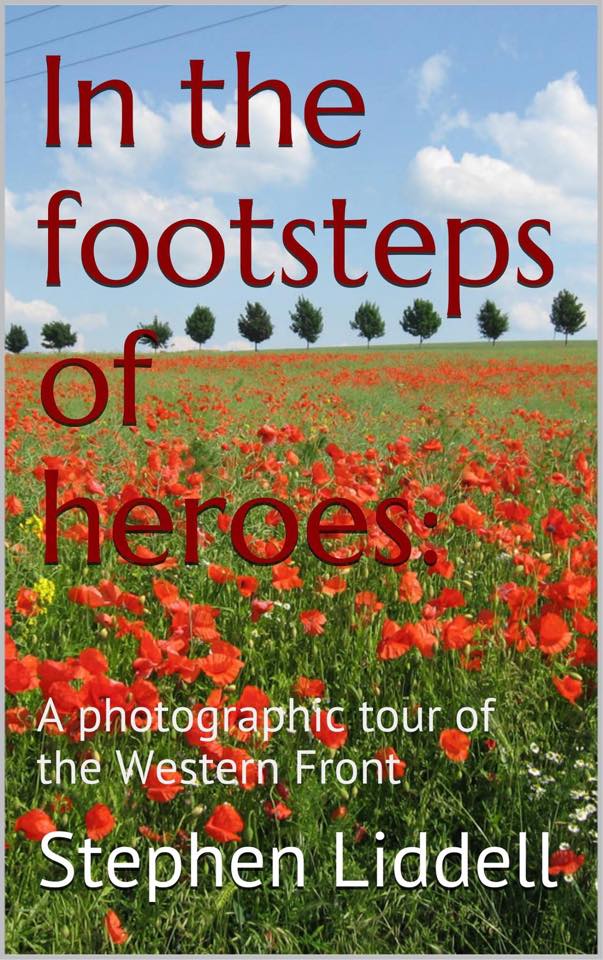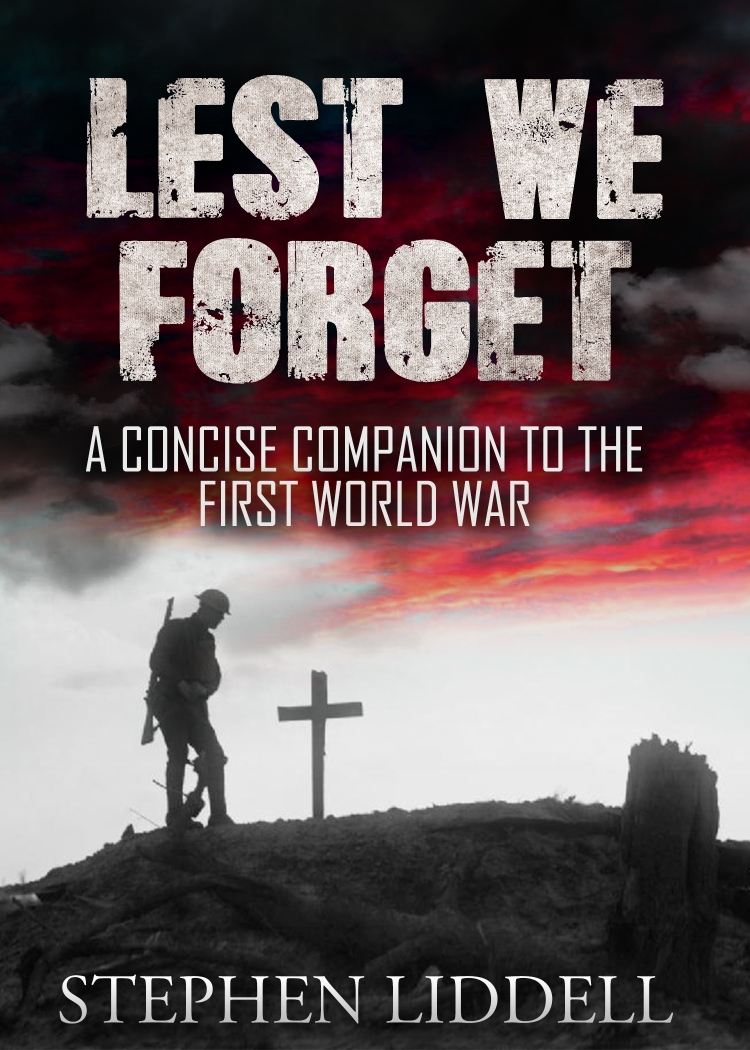This my penultimate post for now on WW1 and my recent tour to the battlefields of France and Belgium. There are simply so many places to see and despite being out all day, every day for a week, we only scratched the surface.
One of the first places that we visited was Vimy Ridge. This is the location of a beautiful Canadian memorial and which lies surrounded by forests, parklands and crater hole after crater hole. You can see the Vimy memorial from miles around as the ridge itself is comparatively very high over the surrounding countryside and at night-time it is well-lit up.

Vimy Ridge is a large area of high ground the dominates the region and it was first the subject of French, then British and finally Canadian attention before it was taken. Ironically whilst many other WW1 memorials were destroyed by WW2, Vimy was saved by amazingly of all people, Adolf Hitler. The Führer was apparently a fan of this beautiful memorial because it features no guns or violence or nationalistic propaganda, just peace and mourning. In fact Hitler visited the site several times and even had his photo taken here and in nearby trenches to prove to the Allies that they could be responsible and reasonable. A detachment of the feared SS made sure it remained protected during Nazi occupation.

There are memorials to almost every Commonwealth country in the area from India to Canada, Wales to New Zealand. One of my favourites is that of the South African museum at Delvilles Wood. To the modern-day visitor it is in a beautiful serene oak lined park surrounded by dense woodland but in reality there are countless thousands of South African, British and German dead underfoot. The museum itself is beautiful and just a short walk away is the famous Hornbeam tree which is the only tree out of the entire wood to survive even though it was badly damaged.

Soldiers used to call the place Devils Wood due to the carnage here but after the war the tree became a point of pilgrimage and it remains that way a century on. Incidentally just across the road lies a beautiful cemetery though the fact that most of the burials are British rather than South African illustrate just how different parts of the front line were manned by different men and with different goals even if just a short walk apart.

Beaumont Hamel is another place well worth visiting with its iconic Caribou statue for the Newfoundlanders which until the end of the 1940’s was still not a part of Canada. Here you can see trenches, shell holes and a number of cemeteries ant memorials.

When you are driving around this area, it is hard not to notice all the WW1 cemeteries. We lost count of how many we drove past even though we must have visited several dozen. No where does there seem to be a greater concentration than The Somme area, particularly in the Serre Road district. It seems particularly strange as the area is so rural and quiet. Some of the cemeteries are unimaginably big whilst others are small and isolated but all are looked after and immaculate.
In some areas, bullets and artillery shells are easy to find with at least one house having their boundary wall made out of WW1 shells. With a little knowledge you can virtually follow the progress of the The Somme by the locations of the cemeteries and they are so so close together than you can often see half a dozen from one spot.

On my previous visits I have come across barbed wire, hand grenades, bullets and artillery shells but this time have come home with a British WW1 bayonet from The Somme. Generally in good condition except for some decay in the wooden handle which must have been underground for most of a century. Incidentally, it being the end of September, most of the fields were being harvested and whilst I was looking around for relics, my wife was picking up some potatoes which the farmers machines had left behind. Very nice chips we had that night too.
We spent a lot of time visiting cemeteries and we spent a lot of time in them, reading the names and coming across unusual stories. Much time was spent sitting on benches and in the classical style domes and shelters and just thinking. All the cemeteries seemed to get visitors though the coaches could only ever hope to visit the main ones.

Perhaps one of the most interestingly located war cemeteries at least at that time of year was the Munich Trench cemetery. A long way up a track with old war munitions lying around for anyone to examine of accidentally blow themselves up by. This cemetery was surrounded by tall mature sweetcorn and involved a 5 minute walk surrounded by the sweetcorn before you could even see it. Once there we were lost to the world. It was all very interesting and all very sad but I can’t think of any places that I have visited that have been more special.
In the future I will do a post about Ypres and Paschendaele but for now if you’re interested you can take a look at either my Lest We Forget WW1 history book or my new In The Footsteps of Heroes photo guide book.

If you’re interested in a private, bespoke and unhurried tour of the WW1 Western Front then do contact me at http://yeoldeenglandtours.co.uk/our-tours-2/ww1-tour-to-ypres-and-the-somme/
Do check my blog out on next Tuesday as I have a very special post about my ongoing effort to track down my relation who fought the Red Baron.

Love reading your blogs, Stephen. Always interesting, informative and stirrers of emotion!
LikeLike
Thank-you Malla. I have plenty more in mind for 2015 and a special post for Tuesday.
LikeLike
Tried to email this to a friend. Said ‘type the two words’ but there were no words, only a number, which wasn’t accepted. Perhaps you could check this for proper working? Just thought I’d let you know.
LikeLike
I just tried it myself and have the same problem as you but as its part if the wordpress system I can’t repair it myself but will email them about it. For now would you be able to copy the website link and paste it into an email?
Thanks for letting me know and for your comments as always.
LikeLike
What an interesting post, as always, Stephen. The horror and waste of the First World War resonates strongly still, as seen by the number of visitors to the beautiful and poignant art installation around the Tower of London, which I was lucky enough to see in September. Have you seen it yet?
LikeLike
Reblogged this on Morning flight.
LikeLike
Reblogged this on Cranky Man's Lawn and commented:
Interesting look at World War I memorials in France and Belgium.
LikeLike
Great piece … Thanks for sharing. Reblogged ..
LikeLike
I saw your comment on Jenni’s blog about the Silk Road today and ended up here. I immediately recognized the first photo in this post… I am Canadian, and when I was 18, I went backpacking across Europe. I visited the Vimy memorial (had to hitchhike out there and back from Arras) and it is obviously a memory that is very vivid for me. It is exactly as you have described it: serene, peaceful, solemn and very moving.
Thanks for sharing.
LikeLiked by 1 person
Hi Liana, thanks for visiting my blog. It is funny how people get acquainted through other blogs!
I’m glad that it was well worth your effort to reach Vimy from Arras as it is a little out of the way. We were very impressed how many Canadians we met there and also how some work in the small museum and shop there too.
It is such a wonderful monument but this small statue in my photo seemed the most moving. Did you get to Beaumont Hamel too?
We noticed lots of small Canadian flags in many of the cemeteries that we visited. I think it is good that people who visit from such big distance, make the effort to plant these little flags for other Canadians than just their immediate family. It also helps us British to remember our Canadian cousins too.
Thanks for commenting.
LikeLike
Reblogged this on mapsworldwide blog.
LikeLike